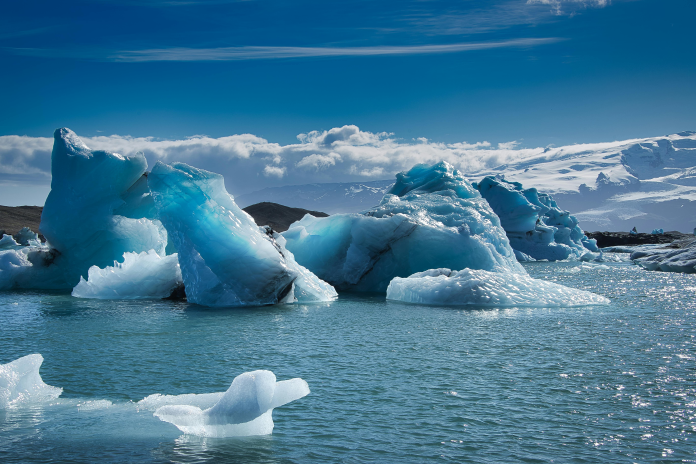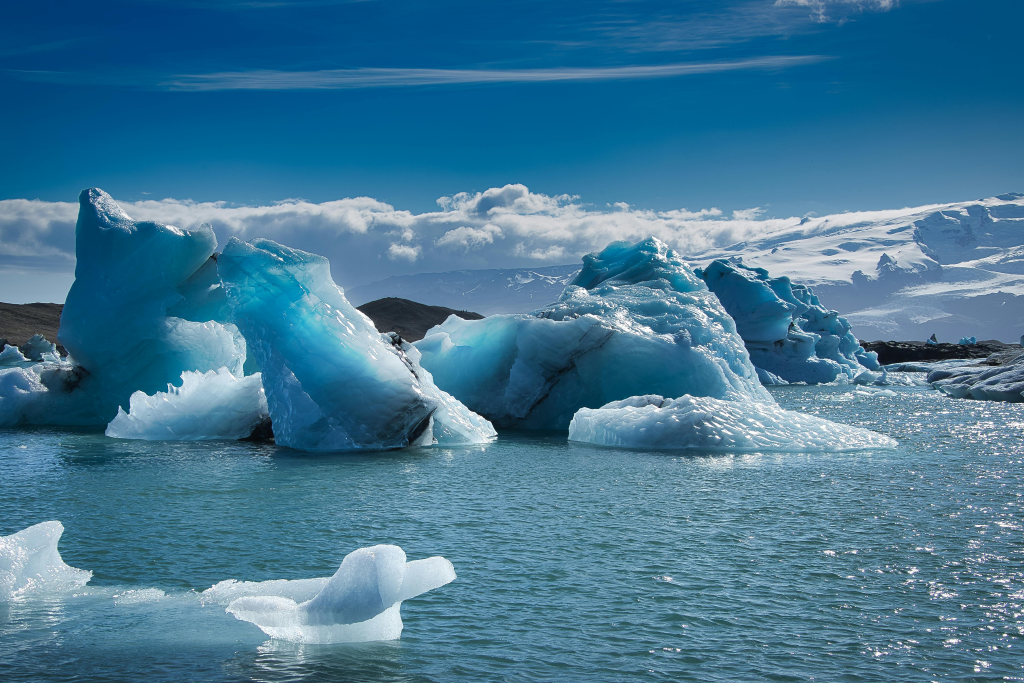
In the austral summer of 2014, sea ice around Antarctica dipped into a drop so precipitous and unbroken that it was already below thresholds of natural variability. A decade later, scientists claim the loss has entered a new regime a potential tipping point of the climate with impacts reverberating through global oceans, weather, and coastal cultures for centuries to come. “Antarctica is showing worrying signs of sudden change in its ice, oceans and ecosystems,” Australian National University professor Nerilie Abram has said. “Some of these sudden changes will be difficult to evade.”
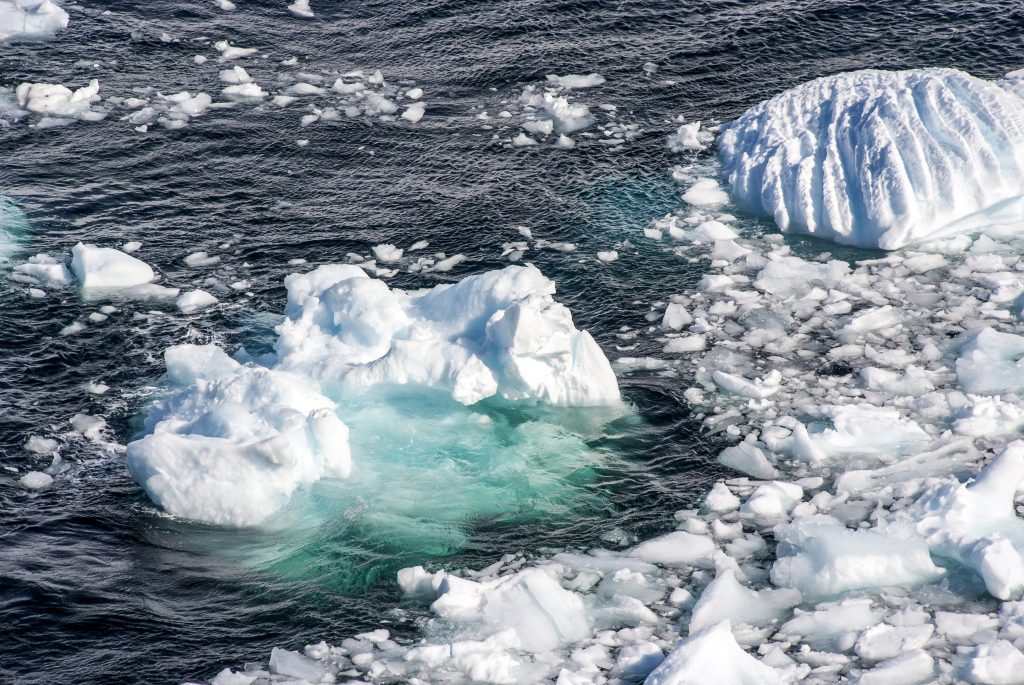
1. An Abrupt and Record Sea Ice Collapse
Satellite data since 1979 reveal that Antarctic sea ice had been mostly stable, even growing slightly until 2014. Then, within less than a decade, average ice cover pulled back by about 120 kilometers (75 miles) from the continent’s co line a pace nearly three times as quick as its neighbor the Arctic’s decline in half a century. This shift followed a record high, so its suddenness was eye-catching. Sea ice melting won’t raise sea level by itself, but it eliminates a reflective, high-albedo surface that is replaced by the dark ocean, which absorbs more solar radiation. Ohio University climate scientist Nico Sartori described it as, “More open ocean means more absorption of incoming solar radiation, which really accelerates global climate change and ocean and surface warming.”
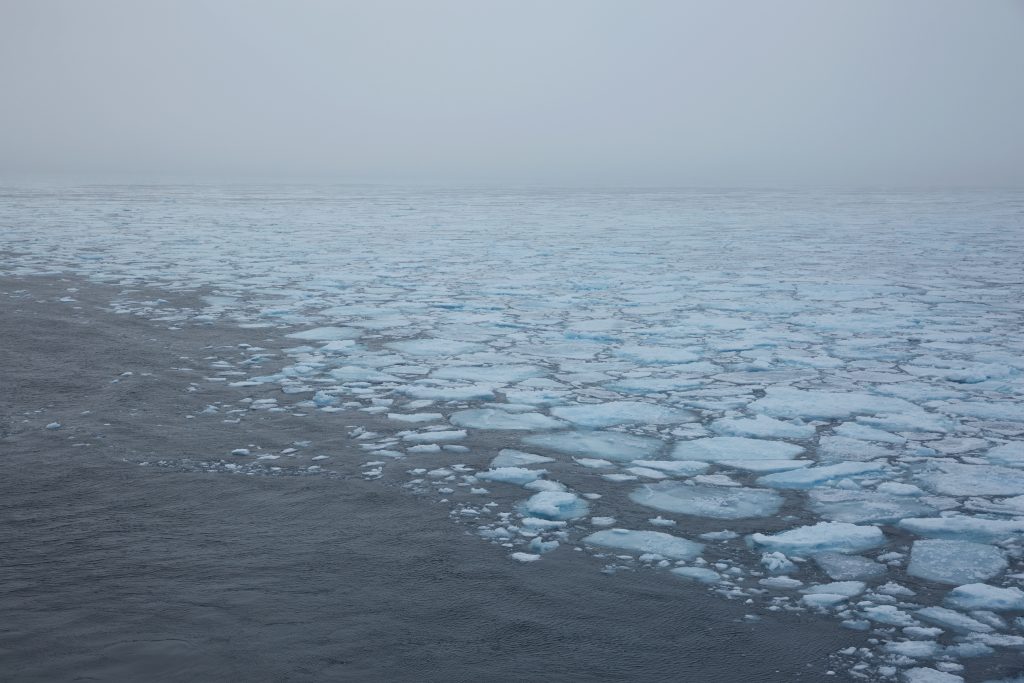
2. The Ice–Albedo Feedback Loop
The ice–albedo feedback is a feedback process that reinforces itself declining ice cover leads to increased absorption of heat and accelerated melting. In Antarctica, in which most sea ice is shallow, seasonal ice, this process can make the Southern Ocean an oceanic heat reservoir. The resultant warming ocean not only causes remaining sea ice to become thinner but also collapses buttressing ice shelves that restrain land-based glaciers from flowing on the sea.
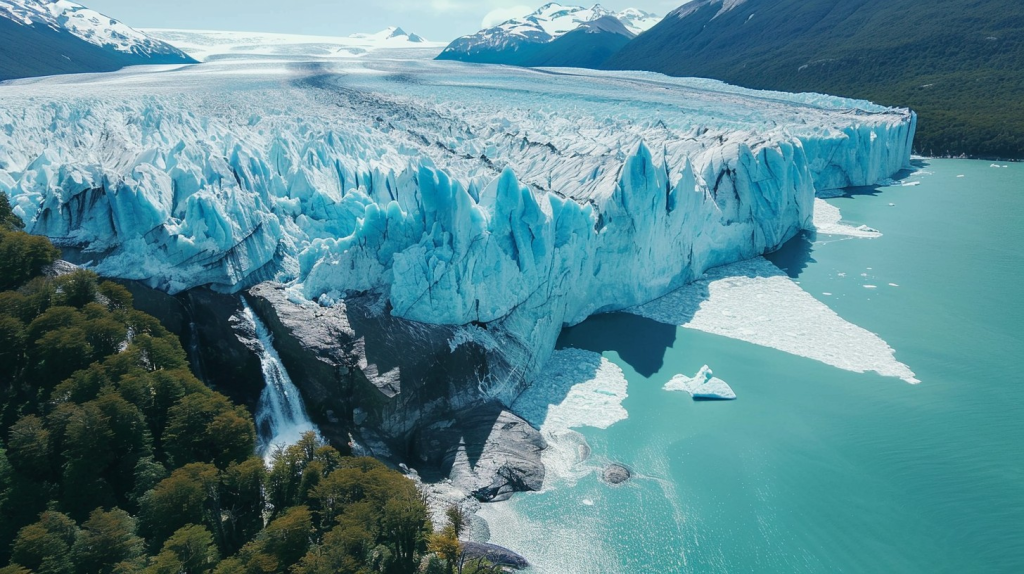
3. Thwaites Glacier and Warm Water Intrusion
Thwaites Glacier, or “Doomsday Glacier,” contains enough ice to raise sea levels worldwide more than two feet. Thought to be stuck firmly into the seafloor, it now is discovered to be susceptible to penetrations of salty, warm ocean water that slice under its grounded ice. New satellite interferometry from ICEYE has revealed tidal pumping of seawater up to 12 kilometers inland by subglacial conduits, which creates cavities that enhance basal melting. “Our estimates of sea level rise may be very large underestimates,” British Antarctic Survey’s Alex Bradley said.
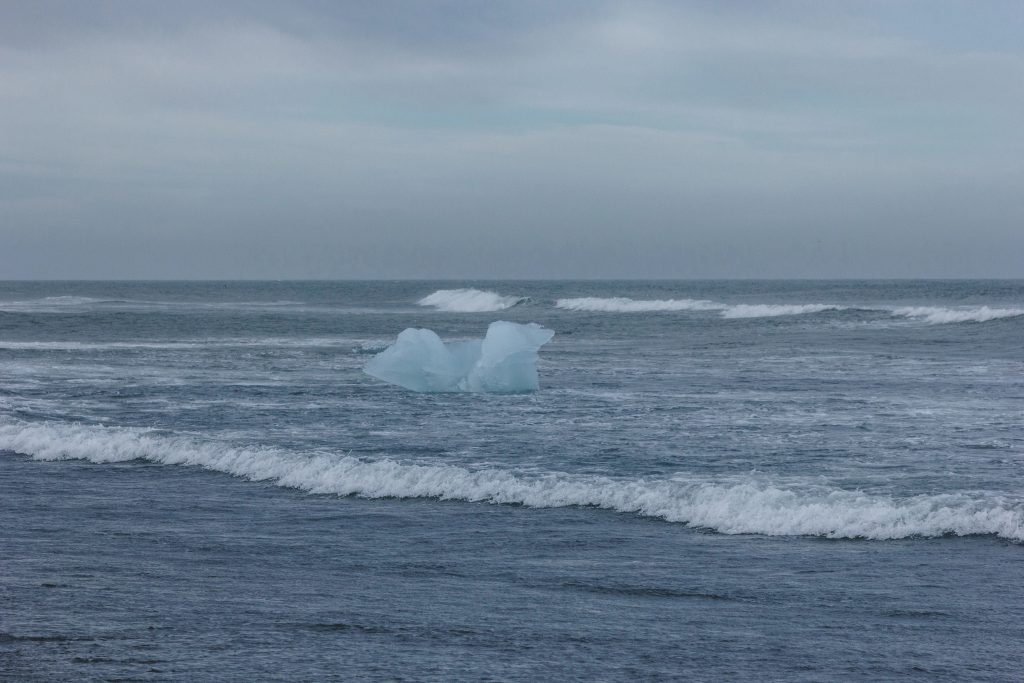
4. Grounding Zone Tipping-Point Physics
More advanced models now incorporate melt rate and grounding-zone geometry feedbacks. Melting, in turn, opens subglacial channels, additional warm water enters, and accelerates flow and thermal forcing. This has the potential to cause a switch from bounded to unbounded intrusion even on prograde bed slopes previously regarded as stable. This causes a runaway process to double ice loss rates compared to models with this process turned off.
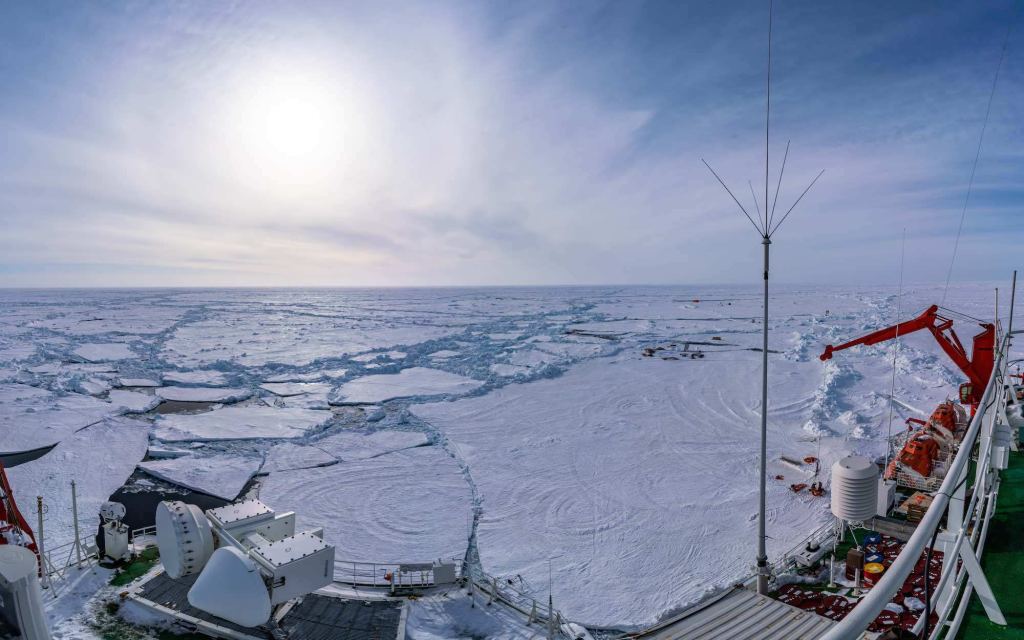
5. Satellite Remote Sensing Developments
This Antarctic ice dynamics revolution is largely thanks to high-resolution satellite imaging. ICEYE and earlier mission Synthetic Aperture Radar imaged grounding zone migration with meter-scale precision, recording tidal flexure daily behavior and turbulent seawater intrusions. Ongoing observations have been ongoing since 1979, providing a 45-year record of sea ice evolution that has been supplemented with digitized early 20th-century ship logbooks, providing an additional long-term historical baseline for climate models.
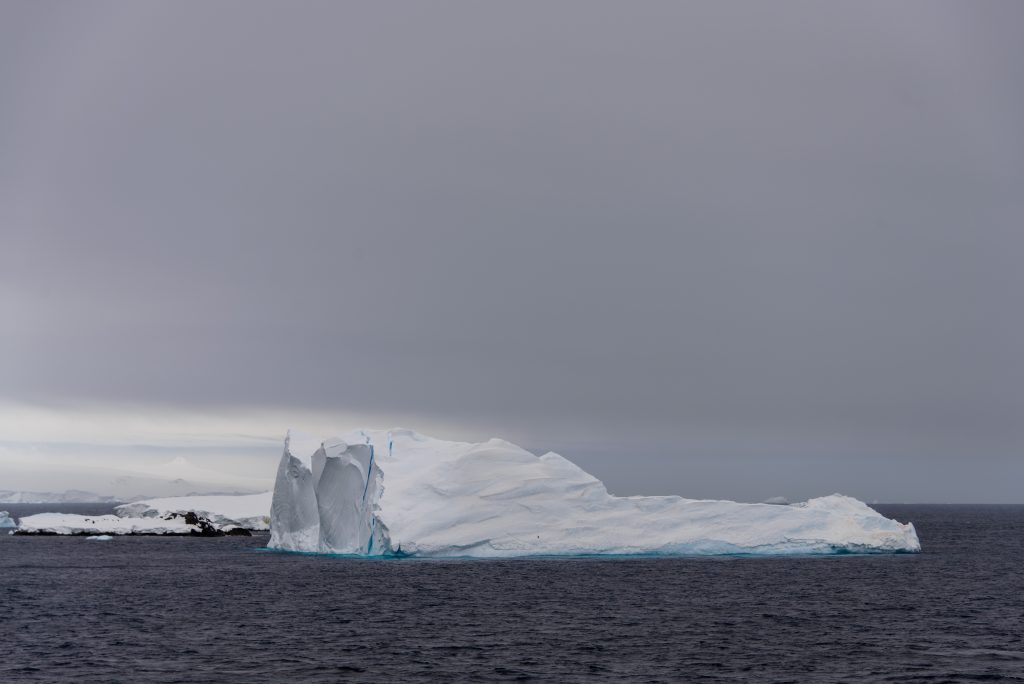
6. Antarctic Overturning Circulation at Risk
Ice shelves and sea ice melt and pour vast amounts of freshwater into the Southern Ocean, reducing the density of the seawater and scattering the Antarctic Overturning Circulation the deep-water current that helps distribute heat and nutrients across the globe. Models estimate that without emission cuts, this flow can decrease by more than half by 2050. If it decelerates, it would diminish the ocean’s capacity to absorb heat and carbon dioxide, advancing global warming and threatening ocean ecosystems that depend on upwelling of nutrients.
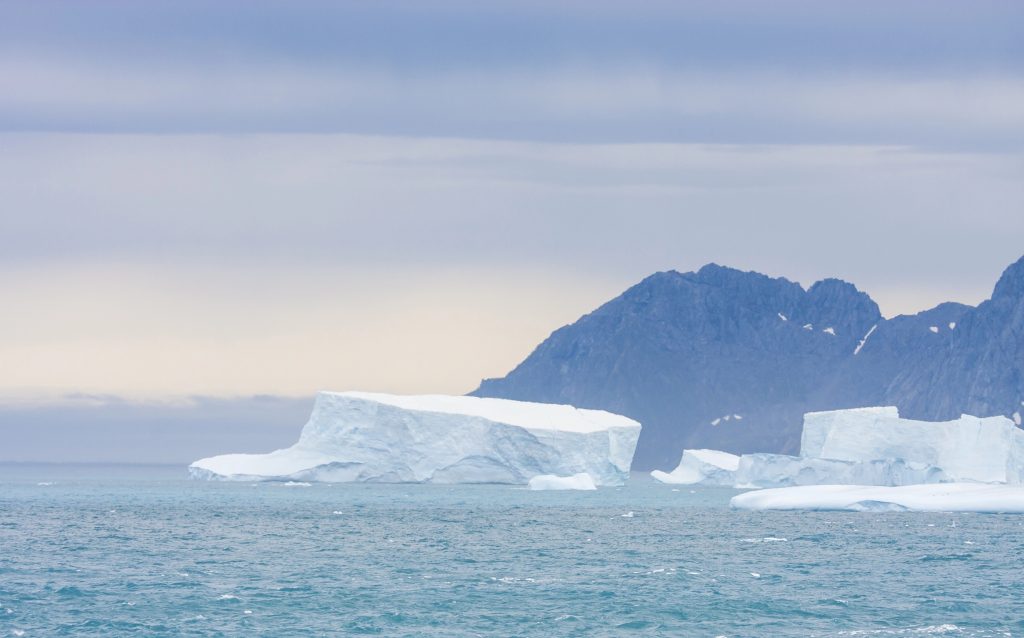
7. Antarctic Circumpolar Current Feedback
The Antarctic Circumpolar Current (ACC) is the globe’s most powerful ocean current and acts as a heat and biological barrier around Antarctica. Australian model simulations suggest that high-emissions scenarios could weaken the ACC by up to 20 percent at the midpoint of this century through the input of melting water. A decelerated ACC would allow warmer water and invasive organisms to reach Antarctic coastlines, causing ice loss and biodiversity concerns.
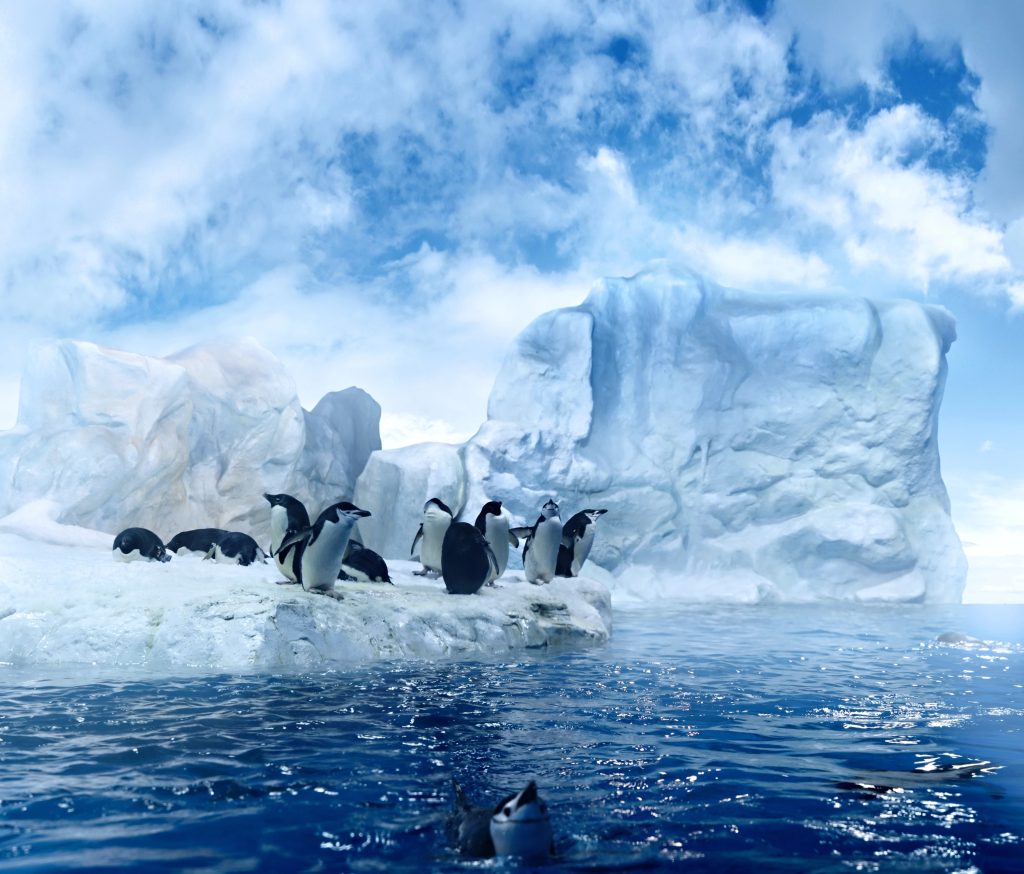
8. Ecological and Societal Impacts
The cascading impacts of ice melting are already being observed in emperor penguin colony collapse, with early break-up of sea ice in 2023 causing virtual chick extinction at multiple sites. On human timescales, the initial impact will be sea level rise. The West Antarctic Ice Sheet holds enough ice to raise oceans over five meters a partial collapse would inundate low-lying cities and require tens of millions of people to move.
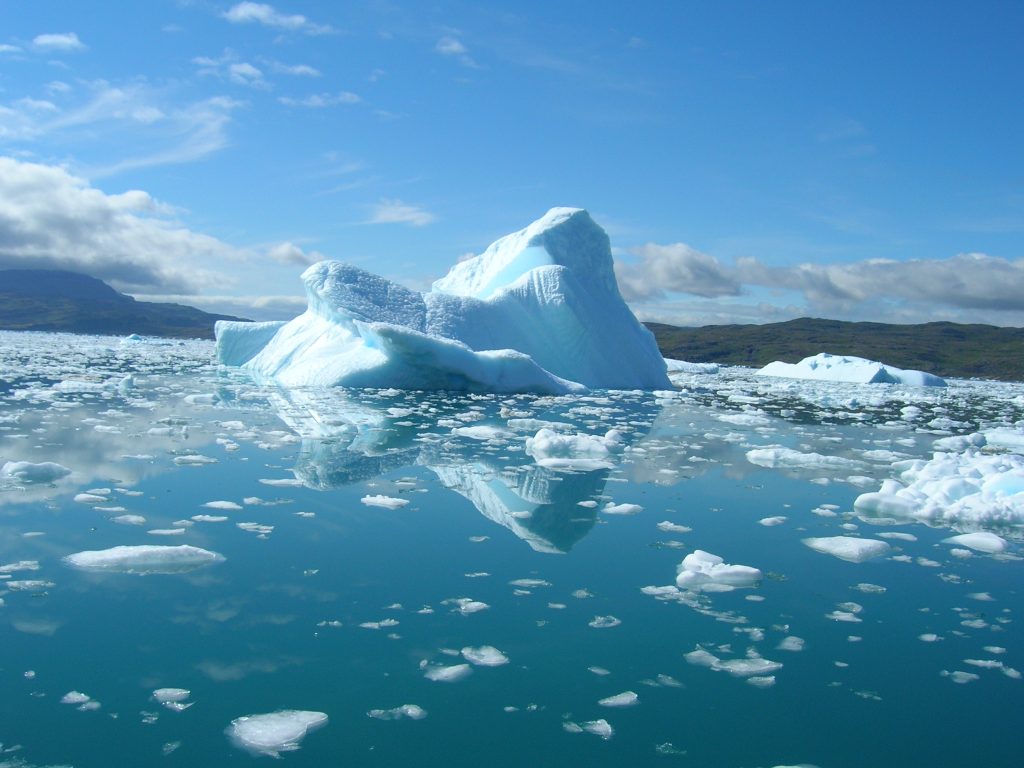
9. The Shrinking Window of Opportunity
Scientists say even drastic and nearly instantaneous cuts in greenhouse gas emissions may arrive too late to prevent current Antarctic ice loss but will halt its acceleration and confine the worst impacts. “The decisions we make regarding greenhouse gas emissions in the next decade or two will seal in how much ice we are going to lose and how quickly we are going to lose it,” Abram said. Integrating newly discovered melt mechanisms into ice sheet models is crucial to enhancing projections and guiding adaptation planning.
The portents now are for a Southern Ocean and Antarctic cryosphere transitioning into a phase of transformation-self-sustaining, with physical processes from tidal pumping beneath the ice to global ocean current weakening self-nourishing. The future will be determined as much by water and ice physics as by policy dictated far distant from the frozen continent.
